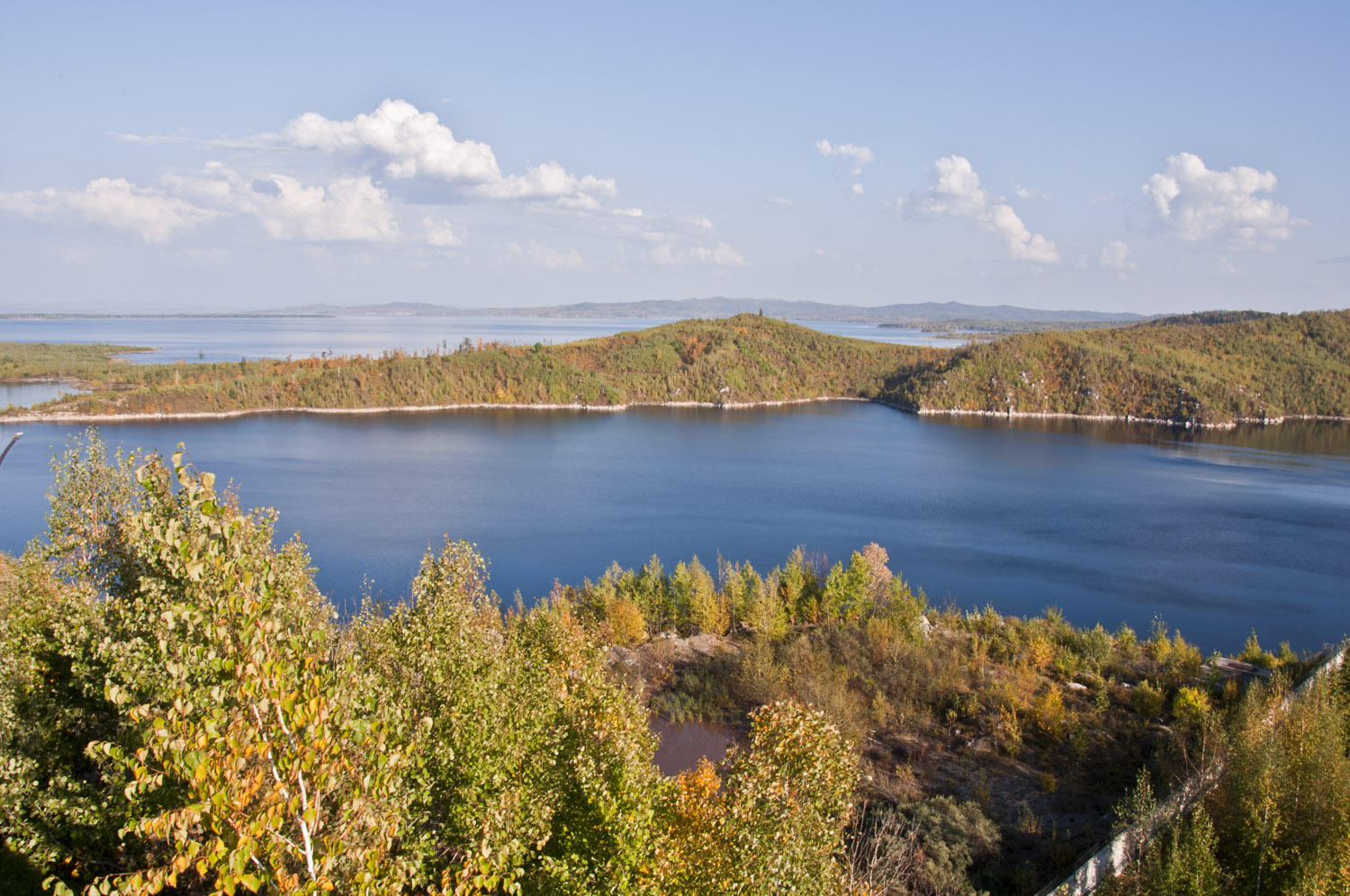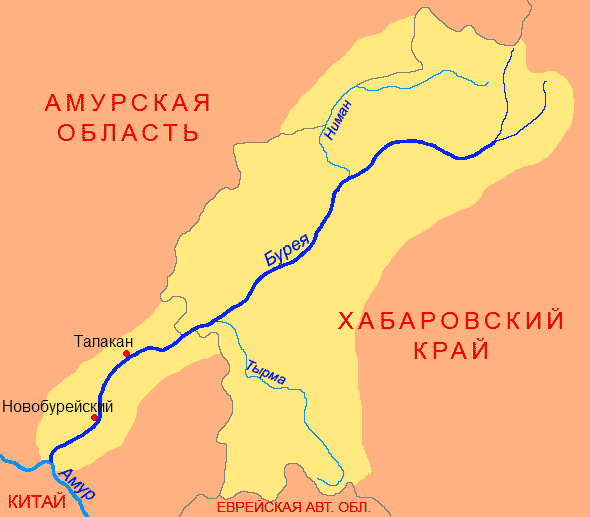|
Bureya
Bureya may refer to: *Bureya (river), a tributary of the Amur in Amur Oblast and Khabarovsk Krai, Russia **Bureya Dam, a hydroelectric dam on the Bureya river **Bureya grayling, a fish found in the Bureya river *Bureya, Russia, an urban-type settlement in Amur Oblast, Russia *Bureya Range The Bureya Range (, ''Bureinskiy Khrebet'') is a mountain range in the Khabarovsk Krai and Jewish Autonomous Oblast in the southern part of the Russian Far East. The Dusse-Alin Tunnel on the Baikal Amur Mainline crosses the range to enter the A ..., a mountain chain in the Russian Far East * Bureya Nature Reserve, a protected area of Russia {{disambiguation ... [...More Info...] [...Related Items...] OR: [Wikipedia] [Google] [Baidu] |
Bureya Dam
The Bureya Dam (locally referred to as Bureyskaya, ) is a hydroelectric dam on the Bureya River in the Russian Far East. History Bureya hydroelectric power station was built by Bureyagesstroy. Construction started in 1976, but was halted until 1999. In 1999, RAO UES restarted the project. The dam was completed and the first unit was launched in 2003. The construction of the whole complex was completed in 2009. The reservoir reached its specified level during the summer-autumn monsoon season of 2009. It was accompanied with first use of spillways during planned tests. Despite the fact that all primary construction works on power station was completed, it was officially commenced for exploitation by government commission in 2011. Therefore, officially, the complex is still under construction. Description Bureya Dam is a gravity dam with height of and crest length of . The power station has an installed capacity of , the full capacity. Power is generated by utilizing s ... [...More Info...] [...Related Items...] OR: [Wikipedia] [Google] [Baidu] |
Bureya (river)
The Bureya () is a south-flowing, left tributary of the Amur, Amur river in Russia. It is long, and has a drainage basin of . Its name comes from the Evenk language, Evenk word ''birija'', meaning river. Course The Bureya is formed from the junction of the Pravaya (right) Bureya and the Levaya (left) Bureya. Geography Its basin is bounded in the west by the Turan Range and the river Zeya River, Zeya, to the south by the Amur, to the east by the Bureya Range, the rivers Urmi (river), Urmi and Amgun, and to the north by the Ezop Range and several rivers that flow northeastwards into the Sea of Okhotsk. There are no cities on the river, the largest settlements on the river are Novy Urgal on the Baikal Amur Mainline and, Novobureysky and Bureya, Russia, Bureya, both on the Trans-Siberian Railway. The Tyrma is a left tributary that crosses the railway south from Novy Urgal at the town of Tyrma. The Chegdomyn coal fields are north of Novy Urgal. The Bureya Dam, Bureya hydro power pla ... [...More Info...] [...Related Items...] OR: [Wikipedia] [Google] [Baidu] |
Amur Oblast
Amur Oblast () is a federal subject of Russia (an oblast), located on the banks of the Amur and Zeya rivers in the Russian Far East. The oblast borders Heilongjiang province of the People's Republic of China (PRC) to the south. The administrative center of the oblast, the city of Blagoveshchensk, is one of the oldest settlements in the far east of the country, founded in 1856. It is a traditional center of trade and gold mining. The territory is accessed by two railways: the Trans-Siberian Railway and the Baikal–Amur Mainline. As of the 2021 Census, the oblast's population was 766,912. Names ''Amur Krai'' () or ''Priamurye'' ( 'Circum-Amur') were unofficial names for the Russian territories by the Amur River used in the late Russian Empire that approximately correspond to modern Amur Oblast. Geography Amur Oblast is located in the southeast of Russia, between Stanovoy Range in the north and the Amur River in the south, and borders with the Sakha Republic in the nort ... [...More Info...] [...Related Items...] OR: [Wikipedia] [Google] [Baidu] |
Bureya Range
The Bureya Range (, ''Bureinskiy Khrebet'') is a mountain range in the Khabarovsk Krai and Jewish Autonomous Oblast in the southern part of the Russian Far East. The Dusse-Alin Tunnel on the Baikal Amur Mainline crosses the range to enter the Amgun River valley. The Bastak Nature Reserve, a protected area, is located in the southeastern corner of the range. Geography The Bureya Range consists of a number of separate ridges with a total length of about 400 km and with a maximum height of .Bureya Range // : (in 30 vols.) / Ch. ed. A.M. Prokhorov . - 3rd ed. - M .: Soviet Encyclopedia, 1969-1978. To the northeast it connects with the [...More Info...] [...Related Items...] OR: [Wikipedia] [Google] [Baidu] |
Bureya, Russia
Bureya () is an urban locality (a work settlement) in Bureysky District of Amur Oblast, Russia Russia, or the Russian Federation, is a country spanning Eastern Europe and North Asia. It is the list of countries and dependencies by area, largest country in the world, and extends across Time in Russia, eleven time zones, sharing Borders .... Population: References Notes Sources * * {{Use mdy dates, date=April 2013 Urban-type settlements in Amur Oblast ... [...More Info...] [...Related Items...] OR: [Wikipedia] [Google] [Baidu] |
Bureya Grayling
The Bureya grayling (''Thymallus burejensis'') is a grayling in the salmon family Salmonidae. It is found in the basin of the Bureya, a tributary of the Amur, Russian Far East. In its natural freshwater habitat it is sympatric In biology, two closely related species or populations are considered sympatric when they exist in the same geographic area and thus frequently encounter each other. An initially interbreeding population that splits into two or more distinct spe ... with other grayling species. See also * List of freshwater fish of Russia References External linksYury Valentinovich Dyldin. ''A review of the genus Thymallus'' {{Taxonbar, from=Q5582219 Thymallus Fish described in 1848 ... [...More Info...] [...Related Items...] OR: [Wikipedia] [Google] [Baidu] |

